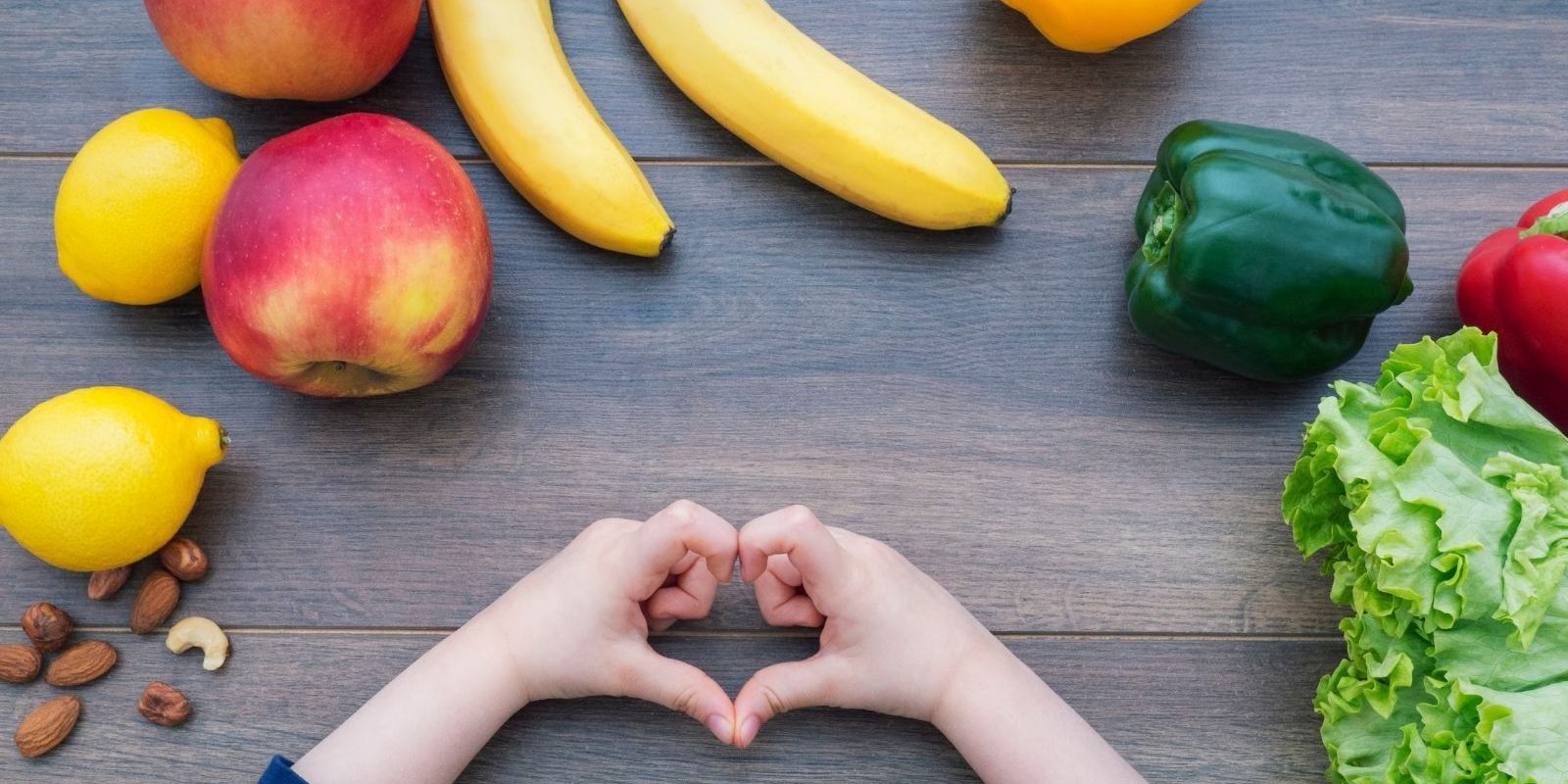Your Local Early Learning Centre Shares this Simple Guide on How to Make Mealtime Healthy and Fun for Your Kids!
We all want our children to be happy, healthy and strong. But kids, as we all know, can be fussy eaters, and maintaining healthy eating habits can be a challenge. Naturally, as parents and caregivers, our days are busy and can be very stressful, so to make life a little easier, it’s important to know what makes a good diet, and how we can make mealtime healthy, easy and fun.
The 5 Food Groups
According to the Department of Health, the five major food groups are:
- Fruit
- Vegetables and legumes (including leafy greens)
- Grains (breads, cereals, pasta and rice)
- Meat, poultry, eggs, fish and alternatives like tofu and nuts
- Dairy (such as yoghurt, cheese and milk)
Eating The Rainbow
The more colours (natural colours, that is) the better. Encouraging a diet that includes a wide variety of different foods, particularly fruits and vegetables, is vital for a healthy, happy and thriving child. A wide range of colours in a child’s diet means a wide range of essential nutrients including antioxidants, vitamins and minerals.
Fruits that have dark purple or blue colouring, such as certain berries and stone fruits, are rich in antioxidants. Blueberries, for example, are a great choice – and children love them! Green vegetables, such as dark leafy greens, broccoli and Brussel sprouts, contain an abundance of essential nutrients including vitamin K, iron, folic acid, and potassium.
Though these can be a lot harder to feed your child, there will always be something they will like. Fresh baby spinach is a mild, tasty, nutrient-rich green that kids enjoy – and you can add it to pretty much anything. Red fruits and vegetables are high in vital antioxidants and vitamin C. Some of these include tomatoes, watermelon and red grapes. Yellow and orange foods, such as mangoes, carrots and pumpkins are high in vitamin A, which is great for healthy skin and vision.
Getting Them Involved
Getting children involved in meal preparation and cooking is fun and educational, and they are more inclined to eat their meals without a fuss. Some fun and easy ways to get them involved include: taking them grocery shopping and getting them to help pick ingredients, cooking with them, and teaching good kitchen safety and hygiene such as close supervision and instruction with kitchen appliances, knives and hot surfaces, and hand washing.
Things Aren’t Always Perfect
Sometimes, at the end of a long day, we’re tired. And if we’re too tired to plan out and cook a meal, let alone encourage our children to help us cook a meal, that’s okay too. Running out of energy and having no dinner plan isn’t the end of the world, and here are some simple ideas for when that happens:
- Have handy some healthy foods and snacks that you know your child enjoys.
- Freeze meals that your child likes so you’ve always got a no-fuss dinner they’ll eat.
- Meals like pesto pasta (you could add tuna and baby spinach), eggs on toast, avocado on toast, and pumpkin soup are all very simple, affordable and nutritious meal options after a long and busy day.
For more ideas, check out some of our Kid-friendly Healthy Recipes – HERE!
At Your local Early Learning Centre, we provide fresh, nutritious and creative meals delivered daily by Kids Gourmet Foods.
YOU MIGHT ALSO LIKE TO READ:
The Importance of Encouraging a Child’s Imagination
Imagination transports children to a world that is their own, one where they can make beds turn into boats and a flashlight becomes the sun. Imagination is also a key facilitator for a child’s cognitive and social development. – READ MORE






